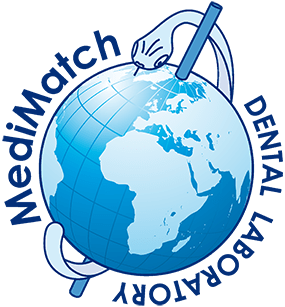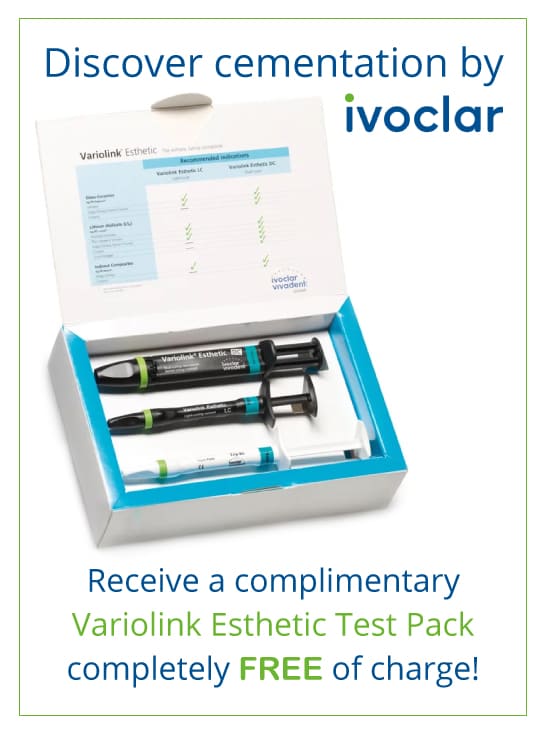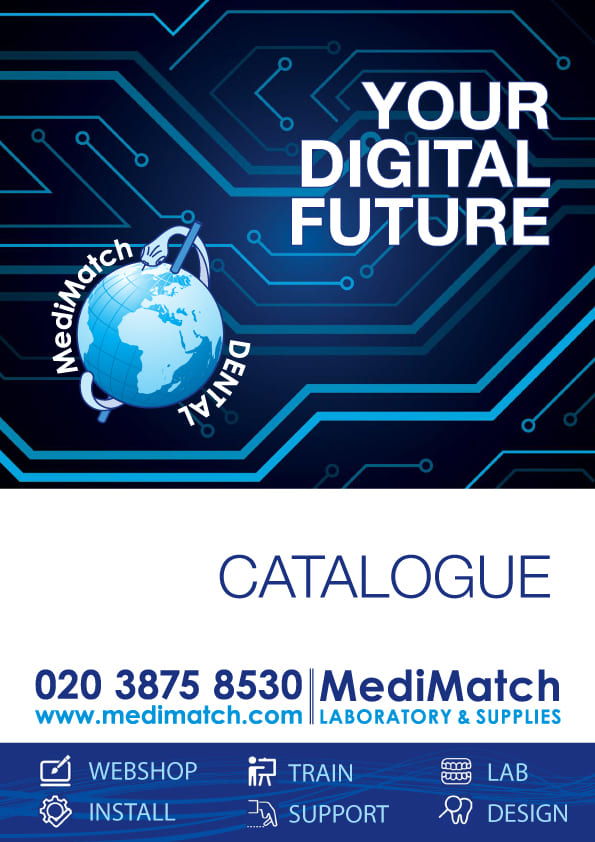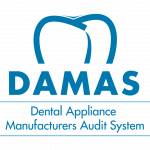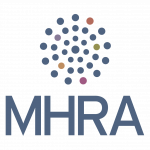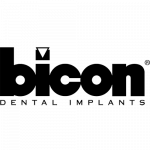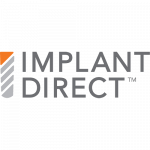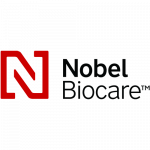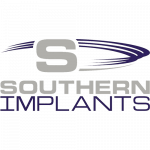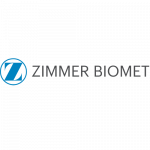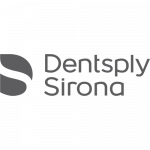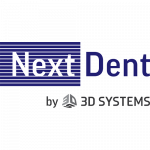Disinfection of Impressions, Wax Bite Blocks and Appliances
Overview
- The principal potential route of transmission of infection from a patient to a dental technician is by contaminated impressions and other prosthetic materials*.
- Patient contact with impressions, wax bite rims and all intra oral appliances inevitably causes contamination with pathogenic microorganisms, bacteria, viruses and fungi through contact with saliva and/or blood.
- It has been shown that microorganisms can survive in set gypsum models for up to seven days, presenting a significant risk to laboratory staff**.
- The responsibility for ensuring that impressions and appliances have been cleaned and disinfected prior to dispatch to the laboratory lies solely with the dentist***.
- Impressions, wax rims, and all try-ins must be disinfected chair-side, immediately after removal from the patient’s mouth.
Impression Disinfection Protocol
MediMatch TIP1
If the following suggested sequence is followed, your impressions:
- will not present a cross infection risk to laboratory personnel;
- will retain their optimum aimensional accuracy;
- will enable MediMatch to safely create laboratory work of the highest quality.
STEP 1
The Impression must be rinsed under running water (room temperature) immediately after removal from the patients mouth to remove saliva, blood and debris, until it is visibly clean (if grossly contaminated, it should be cleaned in an ultrasonic bath containing an appropriate detergent, and then rinsed).
STEP 2
Immerse the impression, including the tray and its handle in a disinfection bath containing the appropriate disinfectant solution for the time specified, observing the manufacturer’s instructions for use.
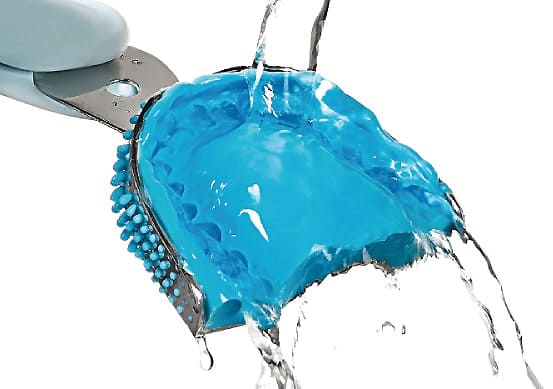
MediMatch TIP2
It is important to choose the correct disinfectant solution for specific impression materials. Disinfectants can affect the dimensional stability of impression materials -this is particularly important when constructing fixed prosthodontic appliances****.
Avoid water-based glutaraldehyde disinfectant solutions with a pH of 8 or higher, as they can adversely affect the surface of gypsum. Products suitable for the disinfection of impressions or appliances are CE marked to demonstrate conformity to European Directives.
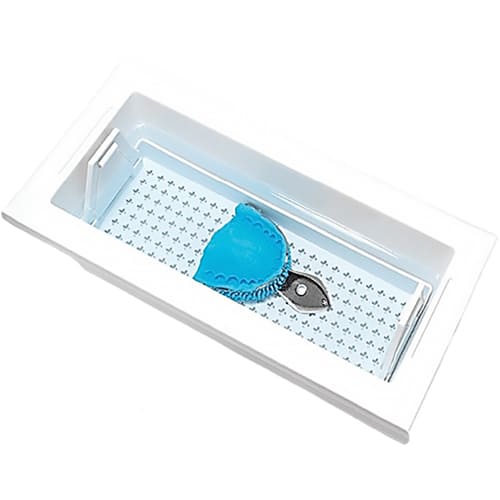
MediMatch TIP3
Disinfectants should not be sprayed onto the surface of impressions – spraying reduces their effectiveness and creates an inhalation risk from the resulting aerosol. Disinfection by Immersion is recommended in all cases.
STEP 3
Remove the impression from the disinfectant bath, and rinse it under running room temperature tap water to remove any residual disinfectant solution.

STEP 4
Transfer the impression to a plastic bag and seal it to retain moisture during delivery. All impression materials are subject to dimensional change if they are allowed to dehydrate.
MediMatch TIP4
Please ensure that all lab work returned to MediMatch is identified on the lab sheet as having been disinfected (detailing the date, name of the person who disinfected it, the disinfectant material used, and the type of impression material used).
STEP 5
Forward the disinfected impression in its sealed bag with a fully completed laboratory instruction sheet to MediMatch (on the same day whenever possible).
MediMatch TIP5
MediMatch can arrange same day collection of your impressions.
To arrange a collection, please call the dedicated logistics helpline on 020 3875 8530.
Suggested Wax Rim/Bite Disinfection Protocol
MediMatch recommends that wax rim blocks are disinfected by immersion in a disinfectant bath containing an appropriate cold disinfectant solution observing the manufacturer’s recommended handling instructions and immersion times.
Wax rims and wax bites are occasionally disinfected by the spray/wipe/spray method.
MediMatch TIP6
MediMatch does not recommend the spraying method, due to the significant risk to the operator of inhalation of pathogens from the spray aerosol.
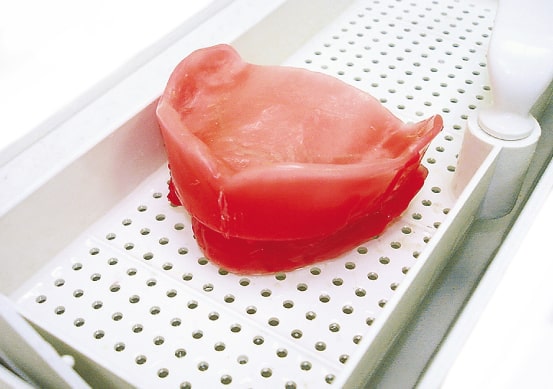
However, if the spraying method is utilised, it must always be undertaken within a plastic bag with the neck of the bag closely adapted around the neck of the spray nozzle. After the second spray, the bag should be sealed and the wax rims left for the time specified by the disinfectant manufacturer. They should be rinsed again after disinfection to remove any residual disinfectant, and then sealed in a plastic bag for transfer to the dental laboratory.
References
* Watkinson, A.C. ‘Disinfection of impressions in UK dental schools’, British Dental Journal,1988; 164: 22-23.
** Leung, R.L & Schonfeld, S.E. ‘Gypsum casts as a potential source of microbial cross-contamination’. Journal of Prosthetic Dentistry,1983; 49: 210-211.
*** BDA Advice Sheet A12: “Infection Control in Dentistry”
**** Jagger D.C., Vowles, R.W., McNally, L., & Davis O’Sullivan, D.J., ‘The Effect of a Range of Disinfectants on the Dimensional Accuracy and Stability of Some Impression Materials’.
Please note: The above protocol describes a suggested impression and wax bite block disinfection technique, based on current UK good clinical practice guidelines. It is not intended to be prescriptive – it is mandatory that all dental practices observe their Infection Control Policies and Procedures at all times, in accordance with all relevant UK Regulatory and Statutory requirements.
Legal disclaimer
In addition to MediMatch’s normal terms and conditions we would like to point out that:
- This protocol is based on very limited experience Medimatch has with their cases and should only be used as an indication and not restrictive in any way or form.
- This protocol was not based on experience in a clinical environment. Clinicians will use their own technique, according to individual experience and training.
- This protocol should not be followed if the circumstances are different or if in any way or form it is clinically not appropriate to follow it even if the circumstances are similar as in the protocol.
Each clinician should make their own decisions and not be restricted to following a protocol made by Medimatch Dental Laboratory Ltd. - MediMatch Dental Laboratory Ltd is in no way liable for any clinical procedures and will not take responsibility for the use of the content of this protocol in a clinical or non clinical environment.
Each clinician is ultimately responsible for their own clinical decisions regardless of any advice given by MediMatch Dental Laboratory Ltd in any form.
